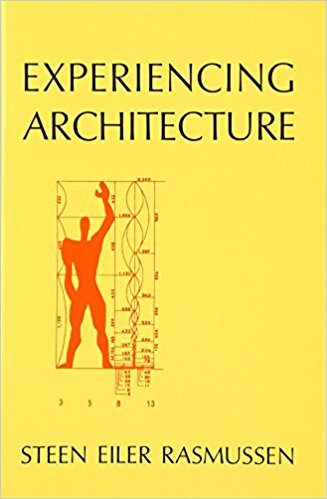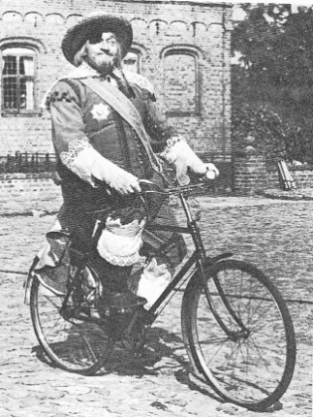
We were assigned to read Basic Observations chapter from Experiencing Architecture book which was written by Steen Eiler Rasmussen.Let me give a general information about the author.Steen Eiler Rasmussen was a Danish architect and urban planner who was a professor at the Royal Danish Academy of Fine Arts.He wrote many books and his other important books are “London, The Unique City” (1937) and “Town and Buildings” (1951) .
If I talk about the text,the language that he used is very clear and understandable.So that,I don’t think this text is written only for architects to read.It seems like it also tries to show people who are not architects what architects do.
At first,Rasmussen starts with explaining ‘Fine Arts’ as the arts which are concerned with ‘the beautiful’ and gives three examples for it;architecture,painting and sculpture.He also adds that,architects,sculptors and painters have some similar works but instead of the other two,architects solves practical problems which means utility.
Additionally,he says that, architecture should be coherent and harmonic with its environment, otherwise it can be received as ridiculous and he gives the example about the Danish Renaissance King with bicycle because they simply don’t go together.

Also,there is a difference between the painter and the architect.A painter’s sketch is a purely personal document;his brush stroke is as individual as his handwriting.This is not true of architecture.The architect remains anonymously in the background.Here he resembles the theatrical producer.
In a part of the text Rasmussen says that architecture is produced by ordinary people that I find this idea interesting because in my opinion architects are not ordinary people.But he continues to this idea like it produced for ordinary people;therefore it should be easily comprehensible to all.In here he also emphasizes that architects should plan every detail.The plan don’t have to be just correct,it should also be clear.
Also he gives some examples about the importance of observations.Rasmussen says,at first,people start to observe the environment and then they start to touch,see and play with the things which have different shapes and which are made from different materials.It also helps to understand the functions of that things.This observation makes understanding utility of architecture easier.
Moreover,he add more information about the observation that there are certain forms which are soft or hard that its hardness or softness does not depend on the materials they are made of are really soft or hard.
While coming to the last parts of the chapter,Rasmussen talks about man-made tools.He adds that by means of material,form,colour and other observant qualities,man has been able to give each tool its individual character.For instance,a racquet.It gives us the feeling of being alive or the other example is riding boot.It reminds us the feeling of elegance and luxury.The messages given to us by the external appearance of the buildings is actually encountered in everyday use.It is not different from the messages that man-made tools give.
As a result , Rasmussen states his own observations to highlight the utility of observations in architecture. It is obvious that childhood has an importance to enhance personal understanding and be aware of the benefits of the things which we are living with. Then this utility is the main difference between architecture and other fine arts.
I think this chapter’s last sentence is the best sentence that can summarize whole text in one sentence;
‘And this – to bring order and relation into human surroundings – is the task of architect.’